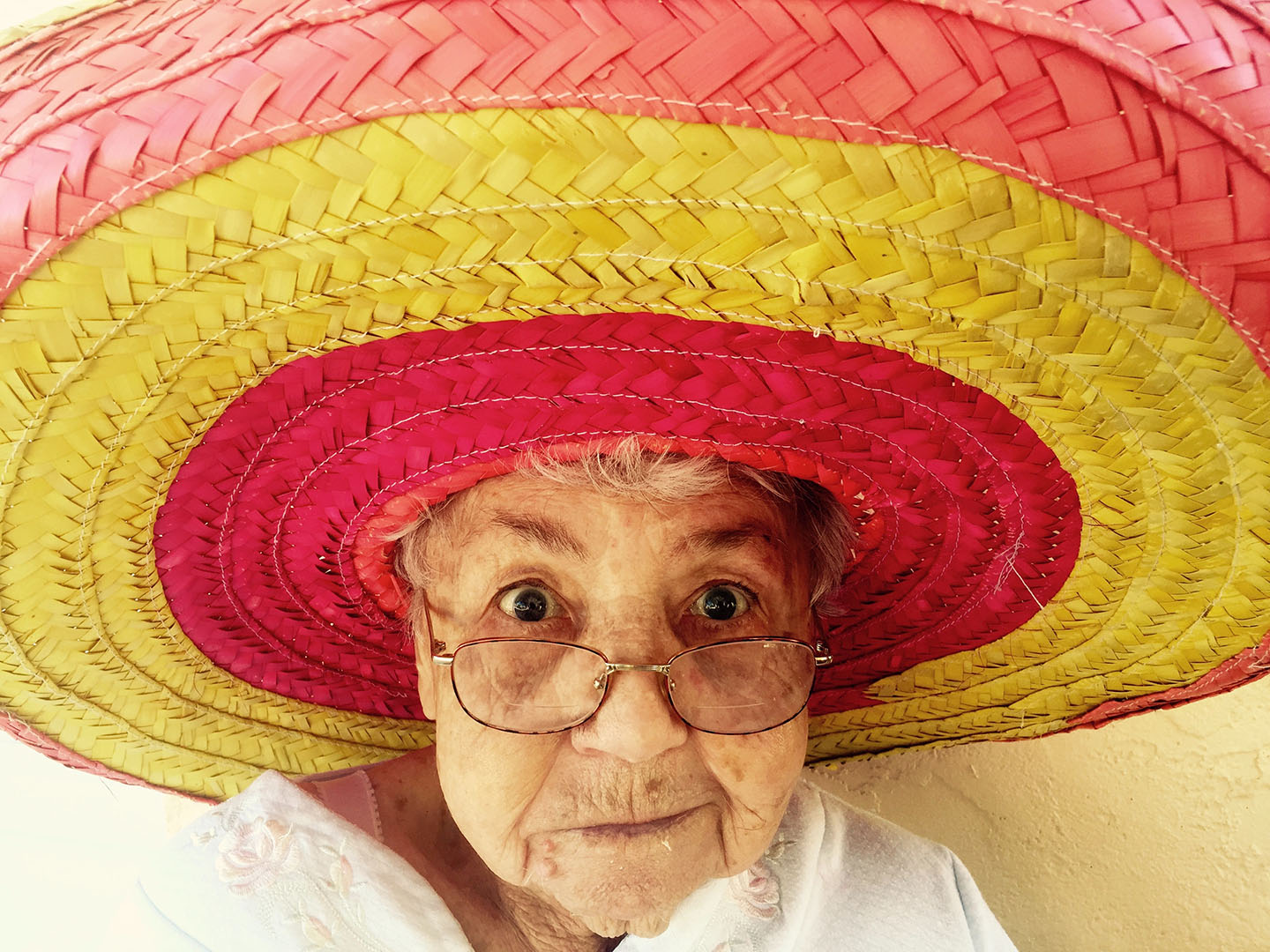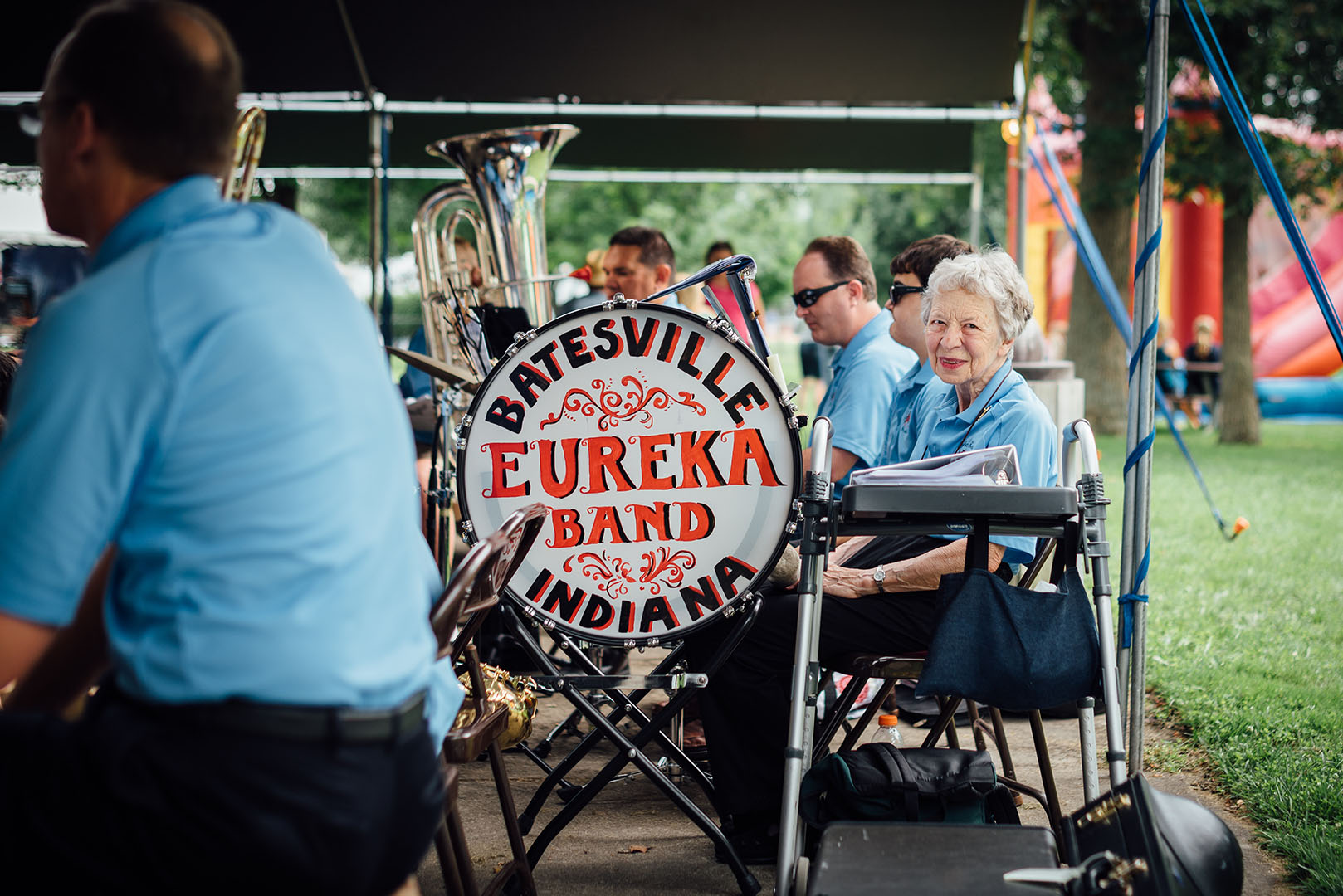In her talk about the growing lifespans of Americans, Liddy Manson, Director of the AgingWell Hub at Georgetown University, shared a story about Judy Blume, the wildly successful children’s author. Explaining how she wrote with such understanding of young teens, Ms. Blume asserted that her inner age had always been thirteen.
Ms. Manson asked the audience, “What’s your inner age?” You could feel the thought bubbles popping all across the room. This isn’t an entirely new thought in a culture where “you don’t look your age” is more than a backhanded compliment and “I don’t feel my age” is an increasingly common assertion of self-determination. But it takes on new relevance when linked with the realization that many, if not most, of us will likely live to an older age than we may have imagined.
This message runs counter to the reminders of aging that come with that inevitable AARP letter or the mandatory sign-up for Medicare. These nudges convey that we’re getting older and ought to wrap up what we’ve been doing so we can move on to the next stage.
In The One-Hundred Year Life: Living and Working in an Age of Longevity, authors Lynda Gratton and Andrew Scott urge a different perspective. They propose we look back on our life as a 100-year-old, an age as many as 50% of those being born today are likely to reach, and evaluate the choices we made at different steps along the way.
Gratton and Scott then offer a guide to the future. They envision lives that move away from a three-step paradigm of youth > work > retirement. Instead we should embrace non-linearity, with more frequent choices and transitions. Through a series of vignettes, they describe some of the living and working options that people in distinct age cohorts will be able to consider.
There are clear challenges with this extended-life projection; meeting financial needs is a prominent one. It’s important to remember that the retirement funding crisis is very real for a huge portion of Americans.
But this is a more upbeat assessment than we’re used to hearing. Envisioning a long(er) life, especially at an earlier age, points to the possibility of more stages and greater diversity of experiences. It reminds us that life is full of choices. We may have more time to explore and live our options than we had previously thought. This is a significant tip when we’re so often goaded in the other direction.
And if this thought makes you feel a little tired, think about your inner age — and live it.





